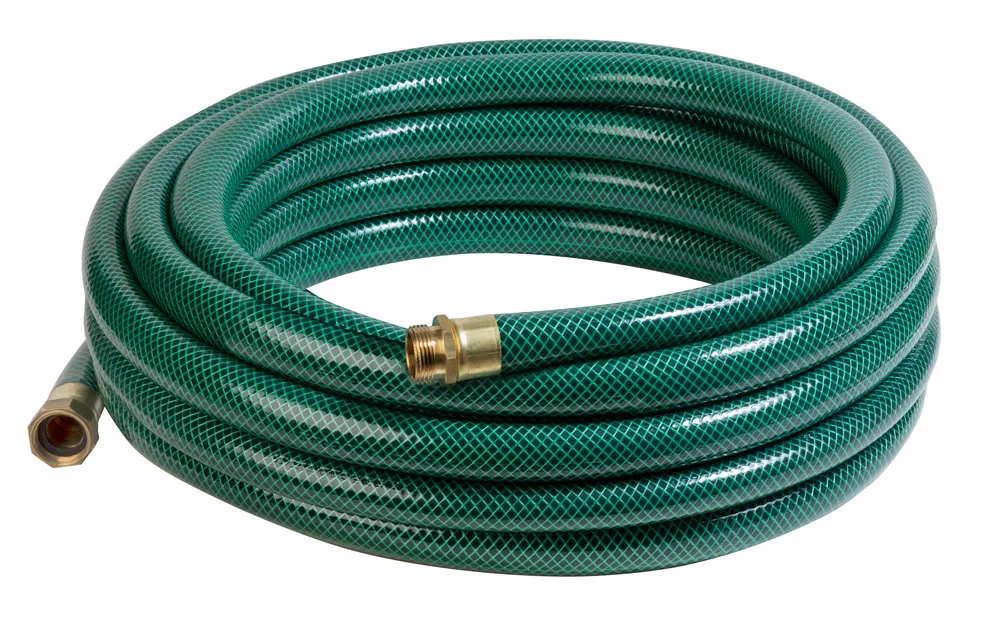reinforced vacuum tubing
Reinforced Vacuum Tubing A Comprehensive Overview
Vacuum tubing is an essential component in various industrial processes, significantly influencing efficiency and safety in operations. Within this category, reinforced vacuum tubing stands out due to its enhanced durability and flexibility. This article explores the characteristics, applications, and benefits of reinforced vacuum tubing in various industries.
Characteristics of Reinforced Vacuum Tubing
Reinforced vacuum tubing is specially designed to withstand the rigorous demands of vacuum applications. The tubing typically consists of a flexible inner layer made from materials like PVC or silicone, reinforced with multiple layers of textiles or other sturdy materials that enhance its strength and resistance to crushing. This design not only provides structural integrity but also allows the tubing to maintain its shape under significant external pressures.
One of the key features of reinforced vacuum tubing is its ability to handle extreme temperatures and chemical exposure. Many variants can operate effectively in both high and low-temperature environments, making them suitable for a range of applications. Furthermore, by choosing the right type of reinforcement and inner material, manufacturers can create tubing that is resistant to chemicals, oils, and other potentially harmful substances.
Applications of Reinforced Vacuum Tubing
Reinforced vacuum tubing finds extensive application across various industries
1. Food and Beverage Industry In food processing, reinforced vacuum tubing is employed for suction and transport of ingredients, packaging processes, and maintaining hygiene standards. Its resistance to high temperatures allows it to handle hot liquids without compromising structural integrity.
2. Pharmaceutical Sector The pharmaceutical industry relies on reinforced vacuum tubing for safe handling of sensitive materials. The tubing’s ability to maintain a sterile environment is crucial for ensuring the integrity of pharmaceuticals during production and packaging.
3. Manufacturing and Aerospace In manufacturing, particularly in assembly lines where vacuum technologies are commonplace, reinforced vacuum tubing aids in the reliable transfer of components. In the aerospace sector, lightweight and robust tubing solutions are critical for various applications, including fuel transfer and pneumatic systems.
reinforced vacuum tubing

4. Environmental Applications Reinforced vacuum tubing plays a vital role in environmental engineering, particularly in waste management processes like extraction and transport of contaminated materials and leachates, helping to prevent environmental pollution.
Benefits of Using Reinforced Vacuum Tubing
The adoption of reinforced vacuum tubing offers several benefits
- Enhanced Durability The reinforced nature of this tubing provides a level of durability that standard tubing cannot match, reducing the frequency of replacements and associated maintenance costs.
- Increased Flexibility While maintaining strength, reinforced vacuum tubing remains flexible, allowing for easier installation and maneuverability in tight spaces, which is especially valuable in complex systems.
- Safety and Reliability The ability of reinforced tubing to maintain structural integrity under varying pressures and temperatures ensures safer operation, reducing the risk of failures that could lead to hazardous situations.
- Customizability Manufacturers often provide options for customization, allowing businesses to select tubing that meets specific operational requirements. This can include adjustments in diameter, length, and material composition.
Conclusion
In conclusion, reinforced vacuum tubing serves as a crucial component in numerous industries, providing strength, flexibility, and safety. Its ability to withstand harsh conditions while remaining adaptable for various applications makes it invaluable in maintaining operational efficiency. As industries continue to evolve and demand sophisticated solutions, reinforced vacuum tubing will undoubtedly remain a key player in ensuring seamless processes. Whether in food processing, pharmaceuticals, or aerospace, its advantages solidify its role as an essential tool in modern industrial applications.
-
Welded Wire Mesh Panel: Durable, Versatile, and AffordableNewsJul.28,2025
-
Top Quality Oxy Acetylene Hoses for Sale Fit for Welding DemandsNewsJul.28,2025
-
The Future of Pneumatic Air Tubes in IndustryNewsJul.28,2025
-
Superior and Reliable LPG Hose Pipe Solutions for Every NeedNewsJul.28,2025
-
Exceptionally Durable and Versatile Premium Braided PVC TubingNewsJul.28,2025
-
Best Adapters for Connecting Garden Hose to PVC Pipe ConnectionsNewsJul.28,2025














